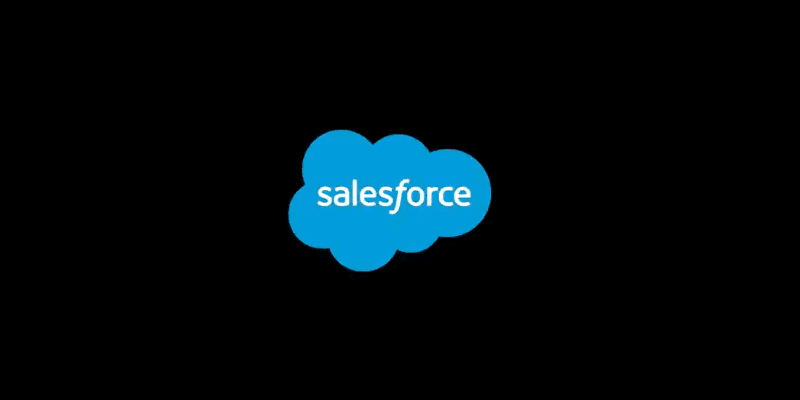Salesforce Hack Fallout: Scope, Risk, and What Companies Must Do
A major Salesforce data breach has exposed data from nearly forty global companies, revealing the fragility of cloud-based supply chains and sparking one of the largest SaaS-era extortion campaigns to date. The incident underscores growing concerns about vendor risk, weak human defenses, and the urgent need for stronger cloud security oversight.

Salesforce Breach Sends Shockwaves Through Enterprise Ecosystem
On October 13, 2025, the tech world remains reeling from a sweeping data breach tied to Salesforce systems, reportedly implicating nearly forty global companies in a massive extortion campaign. The scale of the incident, the nature of the tactics used, and ongoing uncertainty about mitigation efforts make it one of the most consequential SaaS-era security events of the year.
What Happened—and What Was Exposed
A hacking collective claims to have exfiltrated over one billion records stored in Salesforce environments between April 2024 and September 2025. The compromised data allegedly includes names, phone numbers, email addresses, birth dates, frequent-flyer records, and other customer and employee metadata.
The attackers demanded ransom by October 11, threatening to dump the data trove on the dark web if their demands were not met. Qantas, one of the most prominent victims, faces legal action to block further public dissemination of exposed data. Salesforce has acknowledged awareness of the campaign but maintains that no confirmed exploitation of platform vulnerabilities has been detected and that the company is not negotiating with the attackers.
Threat Actors, Tactics & Historical Context
Cybersecurity analysts see this as an evolution of previous attacks against SaaS systems. The group known as ShinyHunters—connected by many experts to the tactics of Scattered Spider—has a history of using social engineering and token misuse to infiltrate enterprise platforms. In mid-2025, similar intrusions leveraged a malicious version of Salesforce’s Data Loader tool to harvest credentials and exfiltrate data.
The new campaign merges that low-tech deception with sophisticated data aggregation and extortion, proving once again that even the best-resourced organizations remain vulnerable when human trust is exploited.
Who’s Impacted—and How Bad the Risk Is
With roughly forty companies named in public claims, the breach spans aviation, retail, finance, and media. This is less a single-company breach and more a cascading failure that exploited the interconnected nature of SaaS data ecosystems.
For affected firms, the fallout is severe: regulatory scrutiny, reputational damage, and potential identity theft for exposed individuals. Customers and employees alike face heightened risks of phishing and fraud until remediation and monitoring measures catch up.
Salesforce’s stance—declining to negotiate or confirm structural vulnerabilities—has left many organizations in limbo, managing the consequences without clear guidance from the platform provider.
Vendor Risk, Responsibility, and Trust
This incident underscores how dependent modern enterprises have become on third-party SaaS providers. Even when internal defenses are sound, a vendor’s exposure can cascade through its clients’ operations.
Questions are now being raised about contractual controls around API access, data segmentation, and incident disclosure. The long-held assumption that large SaaS vendors maintain inherently stronger security is under fresh scrutiny. Many experts are calling for regulatory recognition of such breaches as systemic risks rather than isolated events.
What Organizations Can—and Should—Do Now
Companies using Salesforce or similar platforms should immediately reassess their exposure. Conduct audits of all integrations, rotate credentials, and limit permission scopes where possible. Assume that any externally stored data could have been observed.
Enterprises should also strengthen cloud-native monitoring: track API anomalies, detect abnormal data access, and establish alerts for possible exfiltration. Beyond that, vendor contracts must evolve—defining disclosure timelines, audit rights, and indemnification terms that hold providers accountable.
Finally, every organization must prepare for vendor-level breaches. Build cross-team incident playbooks, define communication protocols, and secure partnerships with legal and forensic experts before the next crisis arrives.

